My research = (in relation to observation on people and how other photographers deal with this subject)
- https://www.all-about-photo.com/photo-events/photo-exhibition/2071/the-art-of-observation-the-best-of-photographer-elliott-erwitt =
The Art of Observation: The Best of Photographer Elliott Erwitt
This exhibition shows both the miracle of Erwitt’s balance between commercial and personal photography, and the memorable flavor that he brings to his work.
The exhibition was organized by Photographic Traveling Exhibitions, Los Angeles, CA.
The photographer’s power of observation
To notice everything is to experience heartfelt gratitude. There is a particular power in noticing. When you examine life carefully, paying attention and giving full notice to all things, you realize your ordinary life is truly extraordinary. This is where photographers have the edge. The camera slows us down with careful consideration. Lifting the viewfinder to my eye happens without thought, and my eye travels the frame as on a well-worn path. Pressing the shutter and seeing in this way is a part of who I am.
Observation is a key part of creating art.
The potential for fine art lies in the power of noticing. When we’re limited by constraints such as time or location or responsibilities, it’s tempting to think there are no pictures to make. But there are always pictures to make when you see everything as worthy and meaningful. I spend a lot of time studying my pictures after I take them. I print my favorites. I hold them in my hands. I lay them on the floor so they’re visible every time I walk by. I live with them. I ask myself, Why am I drawn to this picture and not this one? What of my hopes and fears and joys is revealed in these pictures?
Use diptychs to strengthen a thought or point of view.
As photographers, we like to think each of our images will have the merit to stand alone, and often they do. But when you study and read your pictures, you’ll begin to make connections between them. Pictures rise from collections and become complementary. Sometimes images compliment one another because of similarities in subject matter or perspective or color. More often, the complementary elements are more subtle, sharing attributes like space or mood or expression. And then there are pairs of photographs connected by their discord, dissonance, and difference — thesis and antithesis, opposites that attract.
When you notice how images flow, overlap, and merge, you can pair them side-by-side to reflect a kind of visual intimacy. Much of what we notice is how the beauty of one image blends into the next, like the pieces of a patchwork quilt. In this way, photography is, in essence, the practice of noticing, where the diptychs are subtle and supreme, beautiful and broken. Because we notice everything.
Donna M. Hopkins
Southern photographer Donna M. Hopkins relishes the simple pleasures of life. She makes slow exposures that reveal her insecurities, her wonder, her beauty, and her hurt.
- https://erickimphotography.com/blog/2018/08/24/the-art-of-observation/ =
The Art of Observation
What I think differentiates a good photographer and a great photographer is this: a great photographer is a better observer of the world around them!
What does “observe” mean?
The word, “observe” comes from the Latin word, ‘observo’, which means:
- To watch, keep safe
- To guard
- To head, pay attention to
- To respect, notice, perceive
To me, the art of observation is the art of determining what is important and worthy of admiration.
For example, if you observe something, not only do you notice it — you respect it. You perceive it as valuable, and worthy of being looked at/admired!
As a photographer, we are visual judges. We judge what is beautiful, and what we perceive should look at.
Whatever captures your attention is good— because the more of your attention advertisements can get, the more likely you are to click on something and purchase it.
To observe is technically easy. Anyone can do it. Children are the best at the art of observation. They are naturally curious, and want to touch, see, and experience everything!
As adults, we are discouraged from looking, staring, and touching. In
modern society, to stare at someone is seen as rude. But I would say, when
we stare at people, we’re actually just observing them, trying to
better understand them, because there is something we find interesting
in that individual!
That is why I love street photography so much; street photography is the applied art form of observation turned into photographs!
- https://www.photography-retreats.com/blog/gesture-in-portraits =
Gesture in portraits
In a portrait, gesture plays a very important role because it helps to highlight the mood of the person we are photographing.
Observe
The best thing the portrait photographer can do is to observe the subject when they are relaxed and remember their positions, how they use their hands and the way they move.
We all make gestures that we are not aware of. It happens naturally, and then when we are asked to make a spontaneous gesture, we don't really know what to do. The portrait photographer who has been able to observe his subject may suggest, "I noticed earlier that you placed your hand like this. Would you feel comfortable now in the same position?" Usually, the subject is happy with this kind of suggestion for two reasons: first, they feel relieved of the burden of having to find a position, and second, they realize that they are in good hands because the portrait photographer has observed them and is taking care to portray them in a position that suits them.
When the subject wants to direct
It sometimes happens that the subject is particularly "purposeful" and suggests positions and images to be taken. That's all very interesting as long as it doesn't clash with the portrait photographer's creative freedom. It is the photographer who directs, evaluates different paths and guides with gentle firmness. A portrait photographer who tries to pander too much to the subject runs the risk of losing touch with their own vision and may not even be able to understand what the expectations are.
- https://www.magnumphotos.com/theory-and-practice/quiet-observation-deconstructing-hannah-price-portraits-everyday/ =
A Quiet Observation: Deconstructing Hannah Price’s Portraits of the Everyday
The Magnum nominee’s images capturing people at their most understated reveal the importance of listening in photography
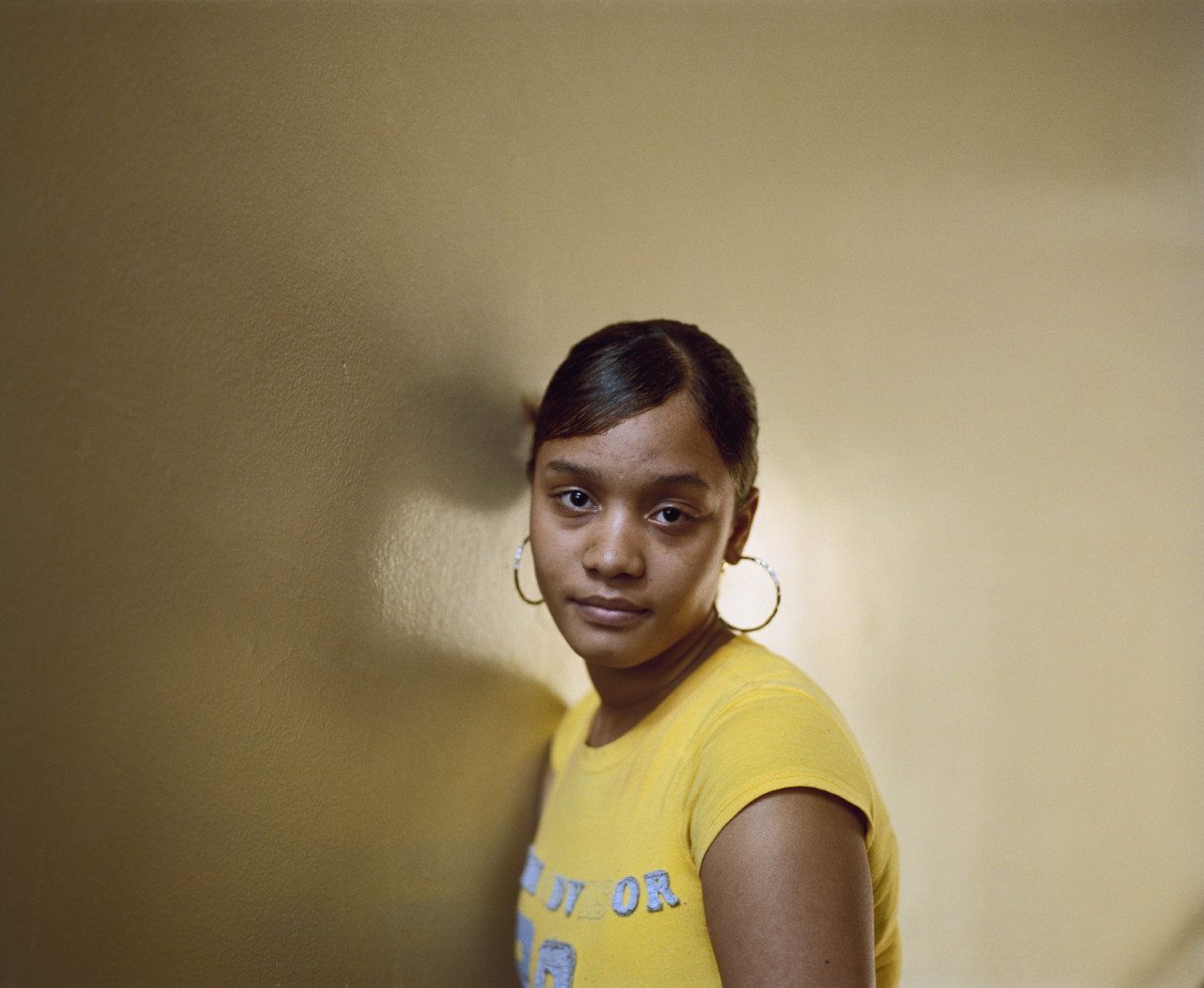
Pelumi Odubanjo is a London-based multidisciplinary artist, writer, and curator whose work explores the intersectionality of women, migration and black identity as means to unravel our understanding of archival practice. In the following exploration, Odubanjo responds to the portraiture of Hannah Price. Unpacking the sensory qualities of Price’s photographs, she examines quietness as a phenomenon within the work which allows for a more holistic interaction with the images.
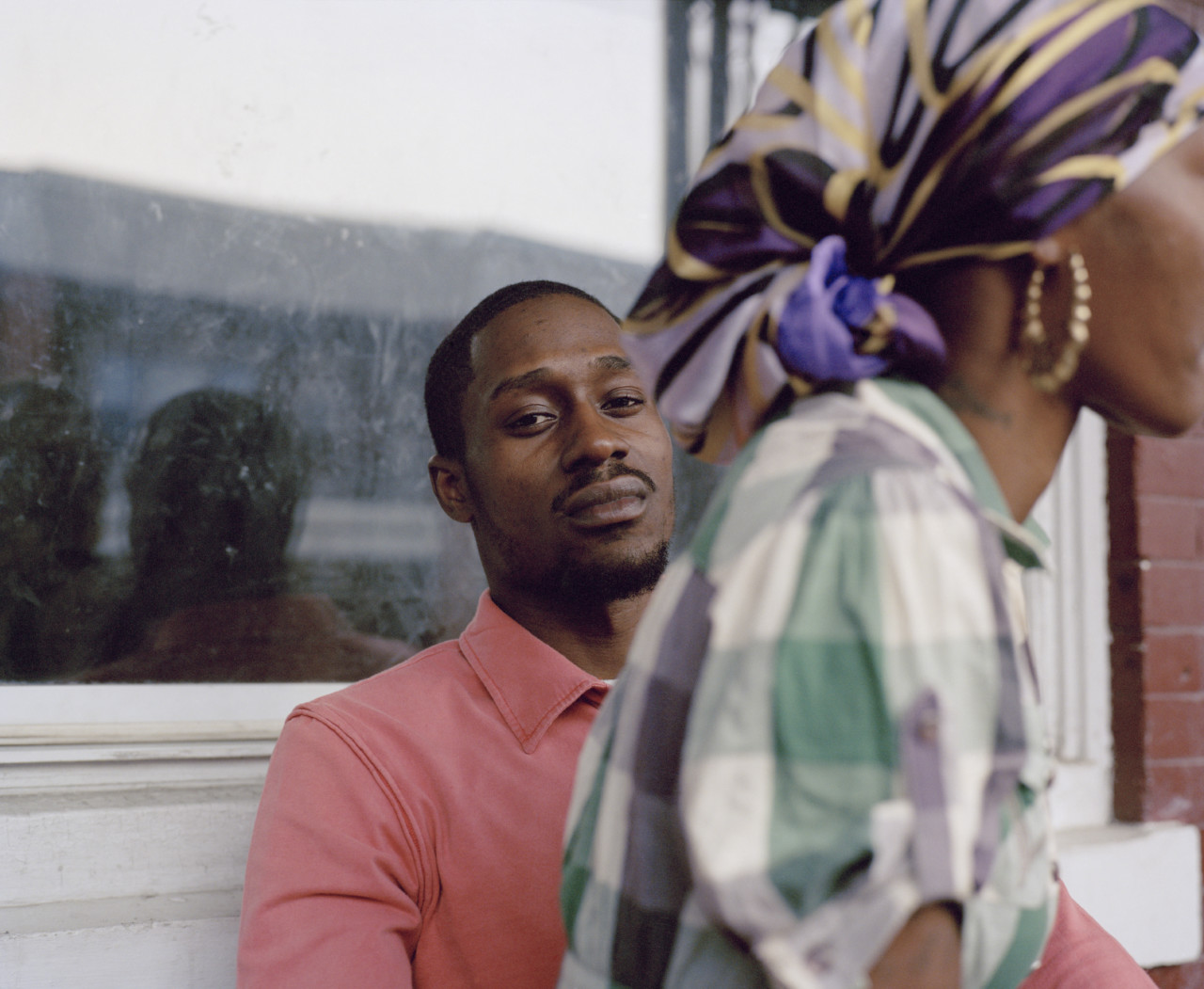
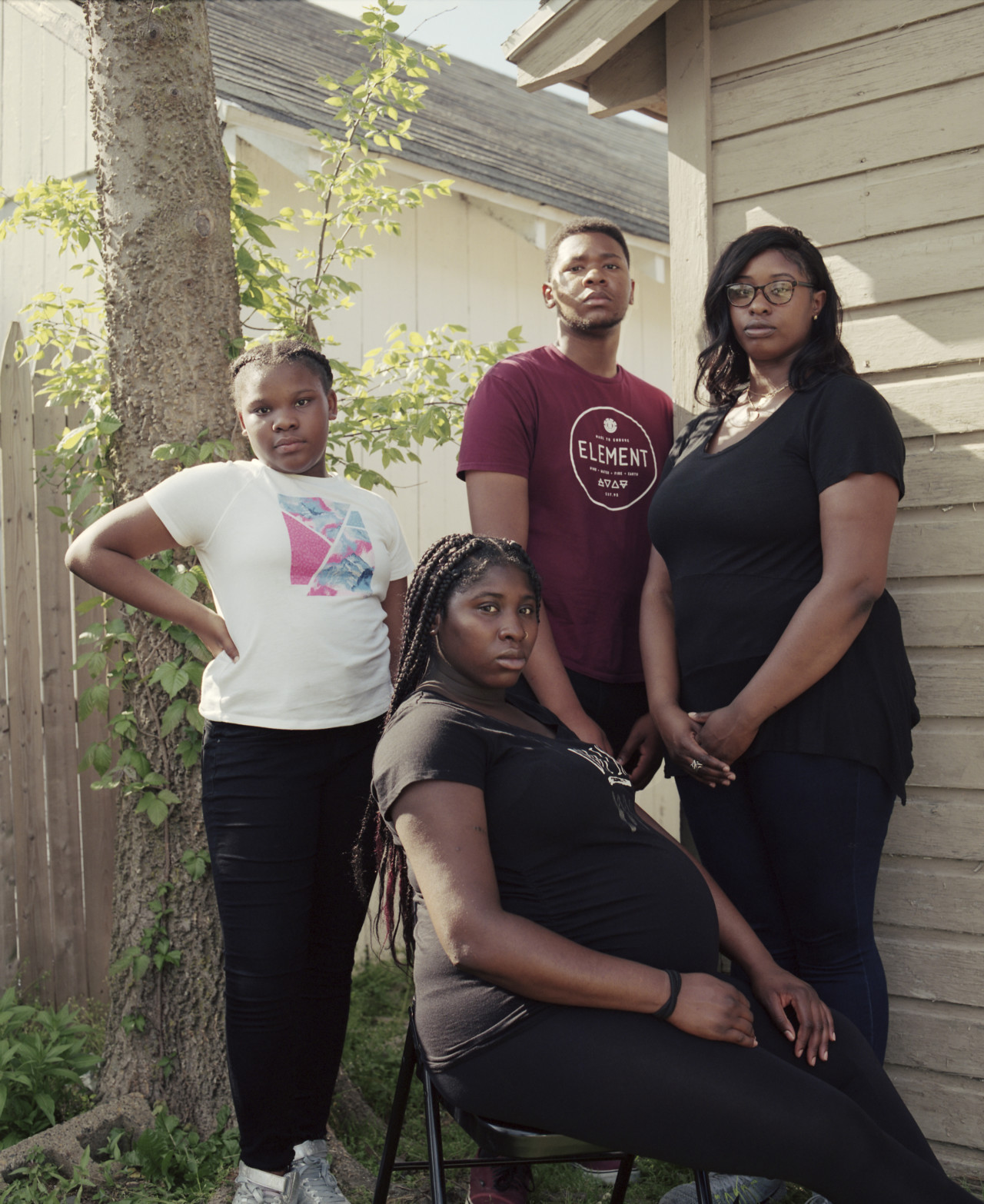
Photographs cannot speak for themselves and one portrait alone cannot exemplify the fullness of the humanity pictured. In her work, Magnum nominee Hannah Price (the only Black, female photographer included in the membership as of 2021), depicts the masterful interaction that can occur amidst two strangers; the photographer and their subject, through the quiet methods of watching and listening.
Price’s images should not be considered simply through the typical paradigm of someone invasively looking and someone else being unwillingly seen, thus signifying a loss of autonomy. Instead, Price’s photography is exemplary of the expansive potential for the individual experience in its depiction of the everyday and muted aspects of contemporary Black American life.
Through her artworks, Price asks us to expand our visual cue of Blackness, and to instead listen to what is heard through the stillness of her subjects.
"I’ve just always been interested in people. It's very odd because I am introverted. when photographing people, there's always something to learn about."
- Hannah Price
- https://www.cairn.info/revue-management-2020-3-page-79.htm =
Observation as photography: A metaphor
Hervé Laroche
We all know that photos can also hide or lie (or support lies). Yet photos are still considered as a powerful way to observe reality (all kinds of realities, including social ones) and to account for it. Photography, as an extension of human vision and as a device to retain what can be seen, is probably the archetypal instrument of observation.
This article is an invitation to take photography as a metaphor for observation. Of course, many forms of inquiries truly use photographs as a tool for observation.
(...)
When
this problem arises, photography seems to be the perfect instrument. It
provides both width and depth. It records everything, even what you have
not seen. Moreover, you can focus
on details, go deeper into the exploration of what you have
recorded. If you cannot see clearly, just enlarge or zoom. It is all
in there!
The photographic eye
becomes much more than a way to retain what the human
eye sees but is unable to record except in the fleeting, messy,
and unreliable storage device of human memory. It is rather an
all-seeing eye: flawless, distracted by nothing, and focused on
everything.
Definition
Photography, it is believed, records everything and any detail can be picked up from the photo and enlarged for deeper examination. Stunning discoveries can be made this way, unveiling unsuspected aspects of reality.Photography does not record everything and cannot provide details on everything. This is partly a technical issue.
(...)
What one needs to look at is where there is nothing to look
at. Observation can reveal what it does not show.
- https://paintingportraittips.com/portrait-painting-from-observation-2/ =
Work from observation, the power of perception
Portrait painting from observation
But without prejudice I encourage everyone to study from observation.
When I work from a live model, I should actually take many more pictures in between to show that process well.
Pay special attention to the small changes around the mouth and the eyes.
Every model tends to drift or have difficulties to hold one position.
That is why I always take some pictures with my cellphone before
stopping the session. So afterwards I am able to correct some features
when the model had gone.
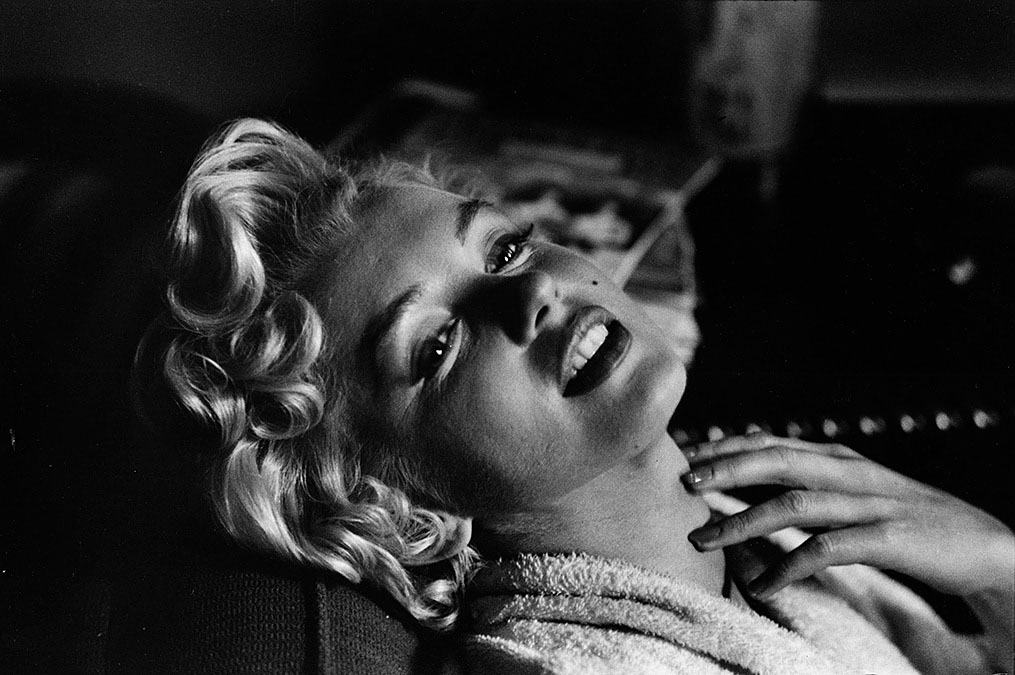
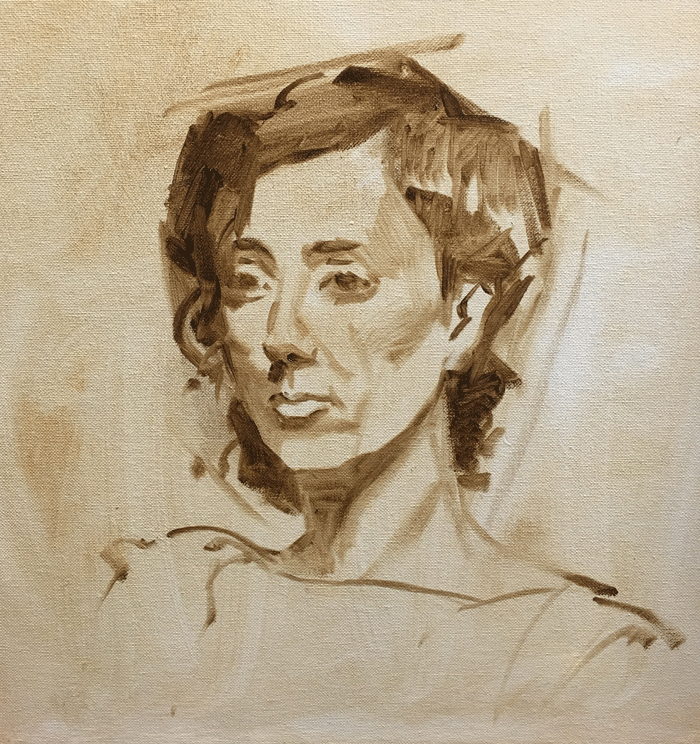
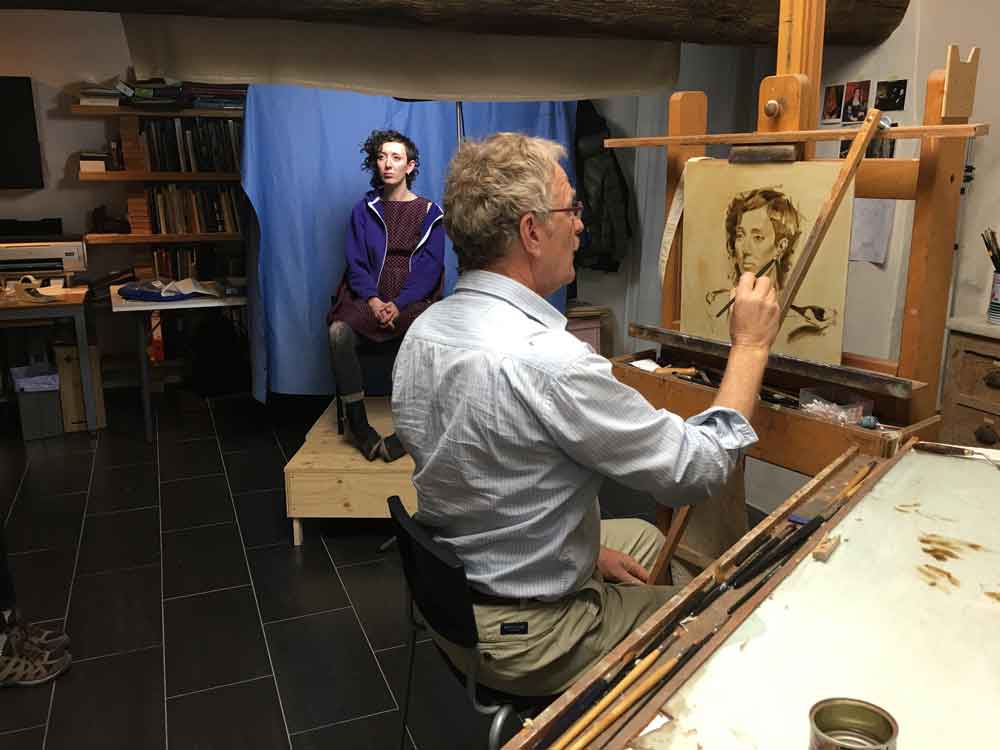
Comments
Post a Comment